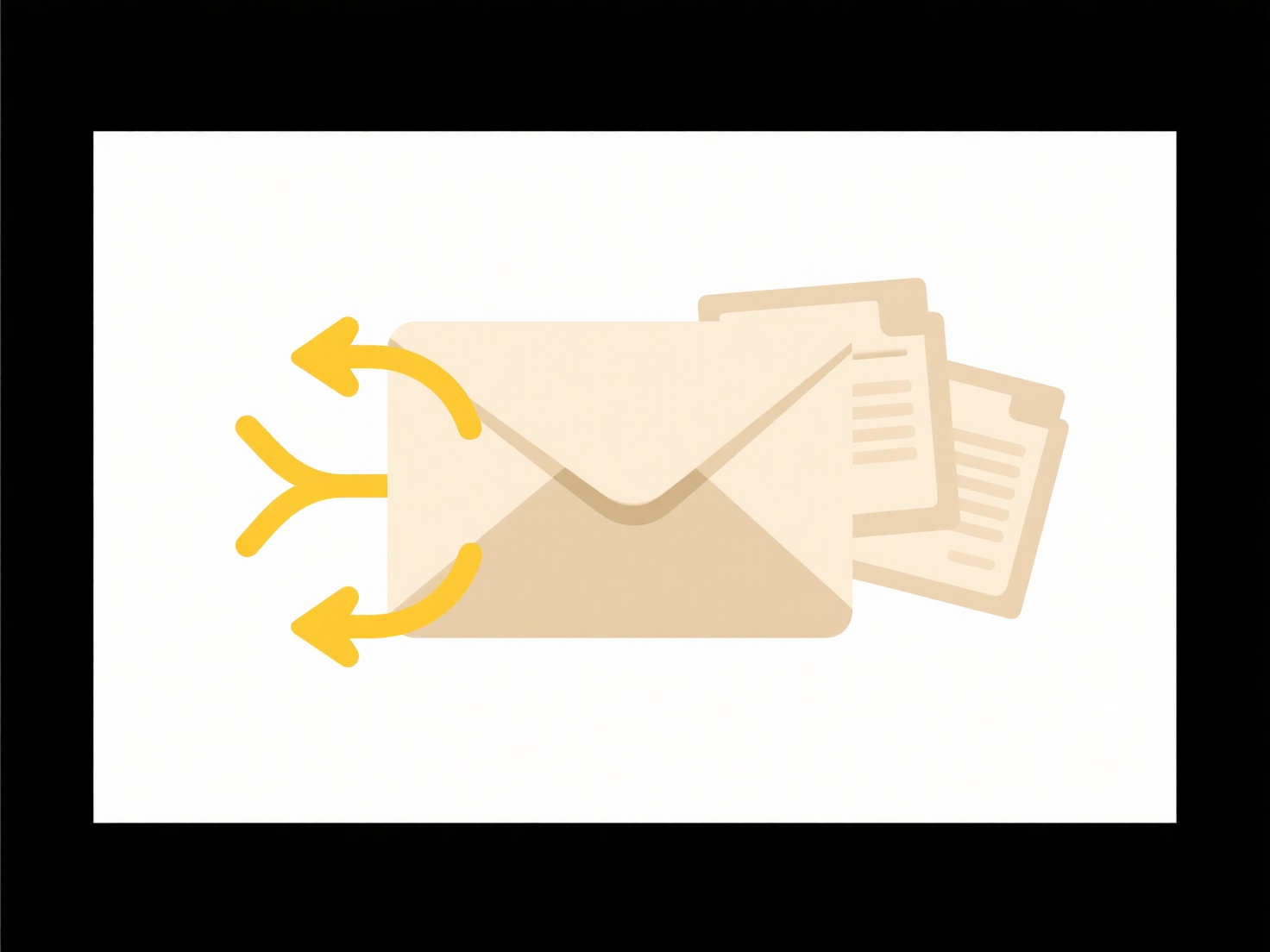
Distributed file ownership refers to scenarios where multiple individuals or teams collectively create, edit, and control files that aren't stored on a single central server under one entity's domain. It differs from centralized ownership by granting access and permissions based on collaboration needs, often across organizational boundaries or different platforms, rather than having one overarching administrator dictate all rights. Effective management requires defining clear responsibilities, access levels, and governance processes for each file or dataset involved.

Common examples include collaborative documents like Google Docs or Figma designs shared between departments or external partners, where contributors have varying edit permissions. Similarly, open-source software projects using platforms like GitLab involve contributors across the globe maintaining ownership and modification rights to specific files within a codebase they commit to, requiring clear contribution guidelines and review processes.
While distributed ownership fosters collaboration and leverages diverse expertise, it poses challenges for version control, security audits, and ensuring consistent data governance. Potential conflicts arise if responsibilities overlap or are unclear. Clear agreements (like shared naming conventions, defined roles - e.g., data steward vs. editor), robust access controls, and central metadata repositories are crucial for mitigating risks and enabling effective innovation across distributed teams without compromising data integrity or security.
How do I manage distributed file ownership?
Distributed file ownership refers to scenarios where multiple individuals or teams collectively create, edit, and control files that aren't stored on a single central server under one entity's domain. It differs from centralized ownership by granting access and permissions based on collaboration needs, often across organizational boundaries or different platforms, rather than having one overarching administrator dictate all rights. Effective management requires defining clear responsibilities, access levels, and governance processes for each file or dataset involved.

Common examples include collaborative documents like Google Docs or Figma designs shared between departments or external partners, where contributors have varying edit permissions. Similarly, open-source software projects using platforms like GitLab involve contributors across the globe maintaining ownership and modification rights to specific files within a codebase they commit to, requiring clear contribution guidelines and review processes.
While distributed ownership fosters collaboration and leverages diverse expertise, it poses challenges for version control, security audits, and ensuring consistent data governance. Potential conflicts arise if responsibilities overlap or are unclear. Clear agreements (like shared naming conventions, defined roles - e.g., data steward vs. editor), robust access controls, and central metadata repositories are crucial for mitigating risks and enabling effective innovation across distributed teams without compromising data integrity or security.
Quick Article Links
How do I share files from Microsoft SharePoint?
Sharing files in Microsoft SharePoint involves granting specific individuals or groups access to view or edit stored doc...
What’s an effective system to archive contracts and legal documents?
What’s an effective system to archive contracts and legal documents? An effective archive system for contracts and leg...
Can I export with transparency in images?
Image transparency refers to the ability for parts of an image to be see-through or completely invisible, rather than di...